Bauhaus Publications
In 1923, Gropius and Moholy-Nagy began devising the Bauhaus’s most ambitious publishing project: the Bauhausbücher, or Bauhaus Books series.
The fourteen volumes issued between 1925 and 1930 served to condense and deliver Bauhaus pedagogy to a wider audience, as well as to make connections with allied avant-garde movements and like-minded artists, such as Kazimir Malevich’s suprematism and Piet Mondrian and Theo van Doesburg’s de Stijl. Within the Bauhaus’s fluctuating history, the Bauhausbücher are an exceptional example of consistency and unity, with most cover designs and layouts executed by Moholy-Nagy, and all published in both paperback and hardcover in a similar size by one publisher, Albert Langen.
December of 1926 saw the advent of the school’s other serial publication: bauhaus magazine. While the Bauhaus Books collected the instructors’ most essential ideas for posterity, the quarterly magazine kept a global readership up to date on happenings at the school, the aesthetic and ideological debates of its time, and the cutting-edge products of industrial design—from lamps and tea sets to furniture and wallpapers—developed in its workshops and sold to the public. Heavily illustrated with photographs (many by gifted photographer Lucia Moholy, the first wife of László Moholy-Nagy), bauhaus is possibly the richest primary source for understanding the school during some of its most vigorous years. Its changing format, design, and typography also track the successive tenures of the three major Bauhaus typographers: László Moholy-Nagy, Herbert Bayer, and Joost Schmidt.
Walkthrough
bauhaus: magazine for design Typophoto in Moholy-Nagy’s Painting, Photography, FilmNext
Typographic Masters-
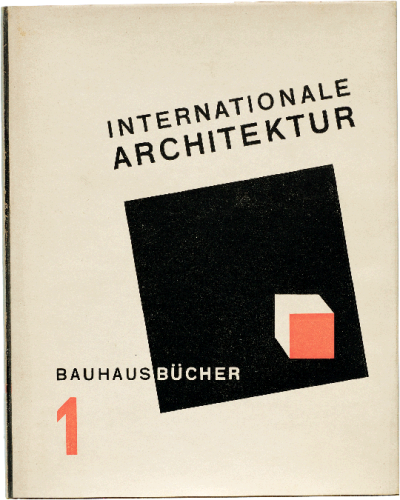
International Architecture (Internationale Architektur), Bauhaus Book 1
Letterpress
-
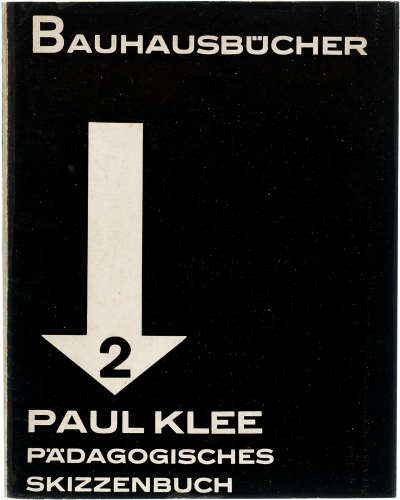
Pedagogical Sketchbook (Pädagogisches Skizzenbuch), Bauhaus Book 2
Letterpress
-
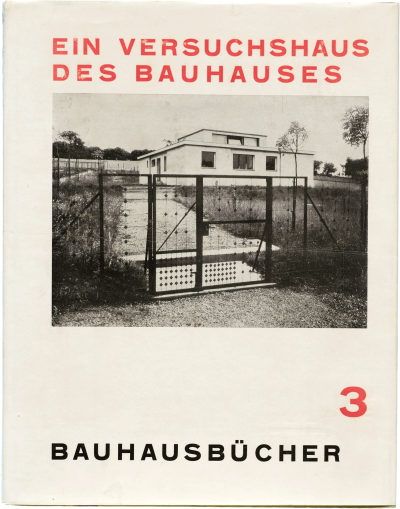
A Bauhaus Experimental House (Ein Versuchshaus des Bauhauses)
Letterpress
-

The Theater of the Bauhaus (Die Bühne im Bauhaus), Bauhaus Book 4
Letterpress
-
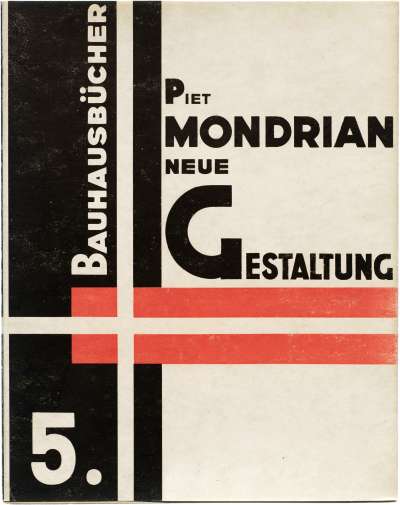
New Design: Neoplasticism (Neue Gestaltung: Neoplastizismus), Bauhaus Book 5
Letterpress
-
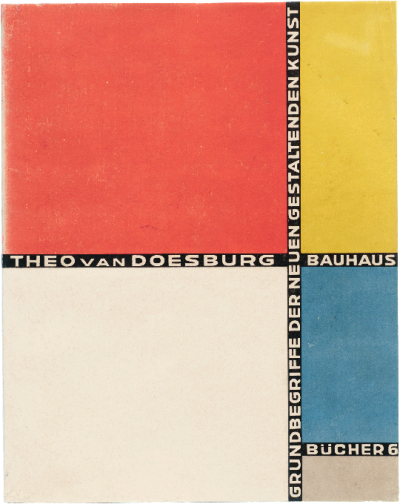
Principles of Neo-Plastic Art (Grundbegriffe der neuen gestaltenden Kunst), Bauhaus Book 6
Letterpress
-
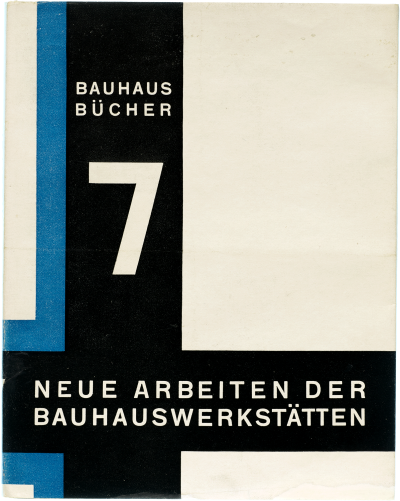
New Works from Bauhaus Workshops (Neue Arbeiten der Bauhauswerkstätten), Bauhaus Book 7
Letterpress
-
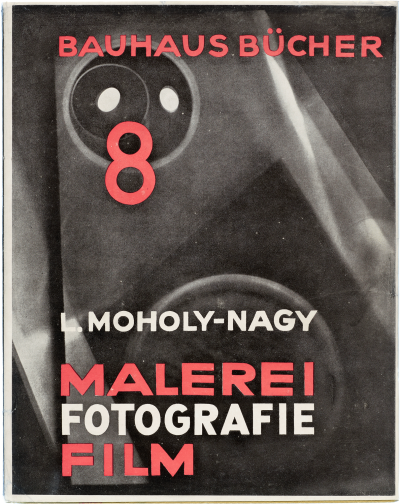
Painting, Photography, Film (Malerei, Fotografie, Film), Bauhaus Book 8
Letterpress
-
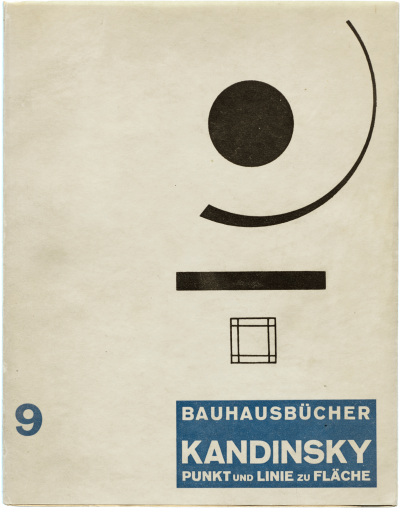
Point and Line to Plane (Punkt und Linie zu Fläche), Bauhaus Book 9
Letterpress
-

Dutch Architecture (Holländische Architektur), Bauhaus Book 10
Letterpress
-
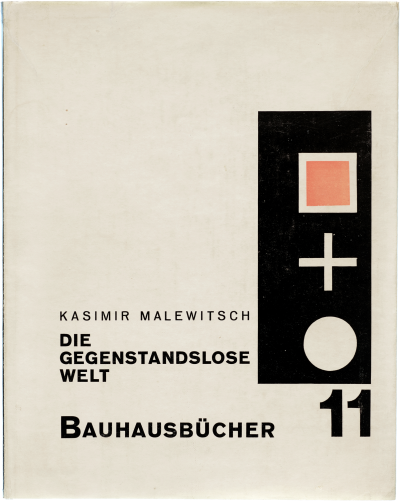
The Non-Objective World (Die gegenstandslose Welt), Bauhaus Book 11
Letterpress
-

Bauhaus Buildings Dessau (Bauhausbauten Dessau), Bauhaus Book 12
Letterpress
-

Cubism (Kubismus), Bauhaus Book 13
Letterpress
-

From Material to Architecture (Von Material zu Architektur), Bauhaus Book 14
Letterpress
-

bauhaus: magazine for design (bauhaus: zeitschrift für gestaltung), vol. 1, no. 1
Letterpress
-
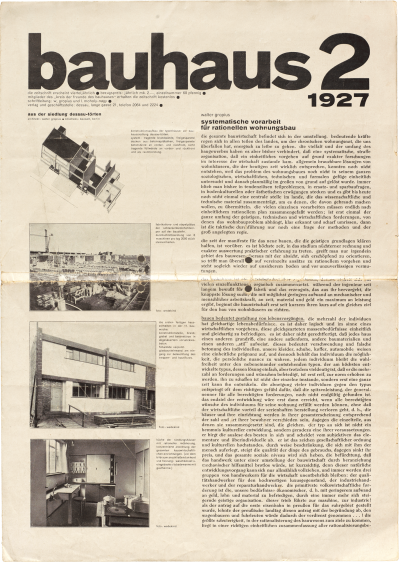
bauhaus: magazine for design (bauhaus: zeitschrift für gestaltung), vol. 1, no. 2
Letterpress
-

bauhaus: magazine for design (bauhaus: zeitschrift für gestaltung), vol. 1, no. 3
Letterpress
-
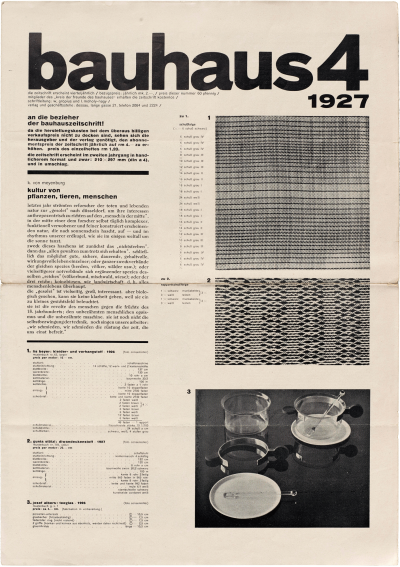
bauhaus: magazine for design (bauhaus: zeitschrift für gestaltung), vol. 1, no. 4
Letterpress
-
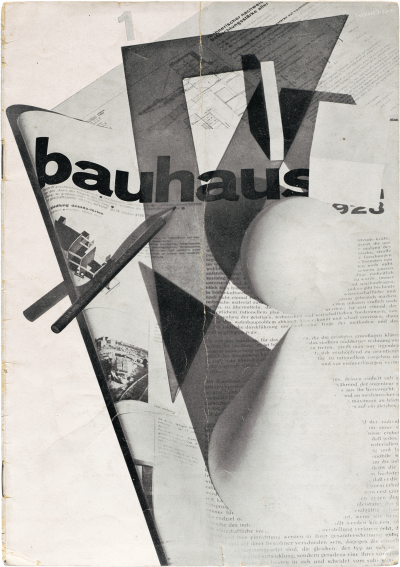
bauhaus: magazine for design (bauhaus: zeitschrift für gestaltung), vol. 2, no. 1
Letterpress
-
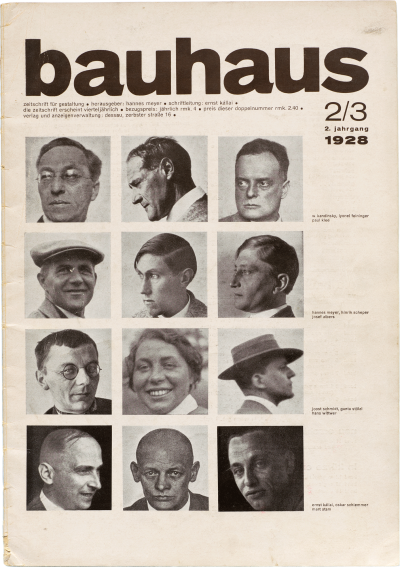
bauhaus: magazine for design (bauhaus: zeitschrift für gestaltung), vol. 2, no. 2/3
Letterpress
-

bauhaus: magazine for design (bauhaus: zeitschrift für gestaltung), vol. 2, no. 4
Letterpress
-
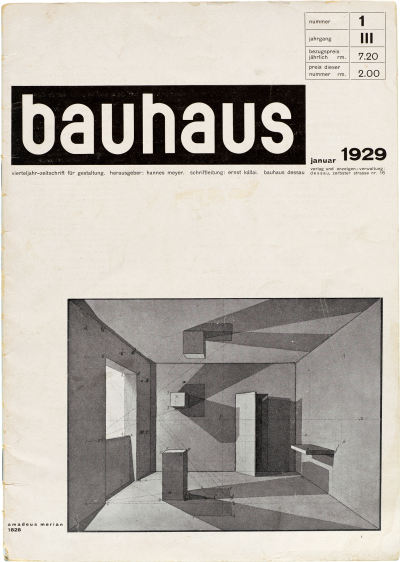
bauhaus: magazine for design (bauhaus: zeitschrift für gestaltung), vol. 3, no. 1
Letterpress
-
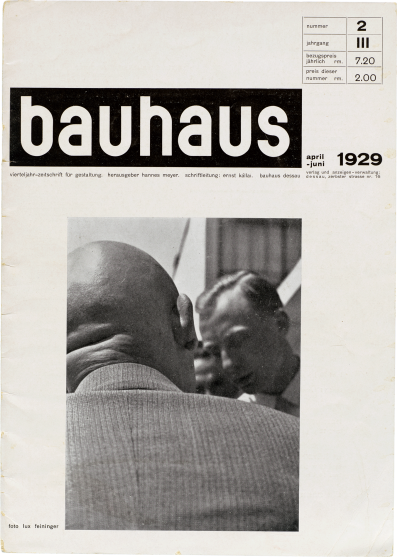
bauhaus: magazine for design (bauhaus: zeitschrift für gestaltung), vol. 3, no. 2
Letterpress
-
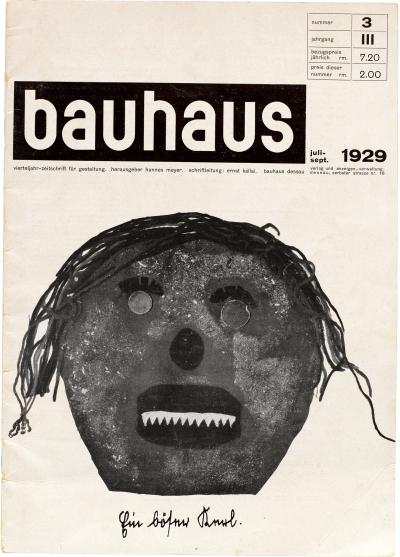
bauhaus: magazine for design (bauhaus: zeitschrift für gestaltung), vol. 3, no. 3
Letterpress
-
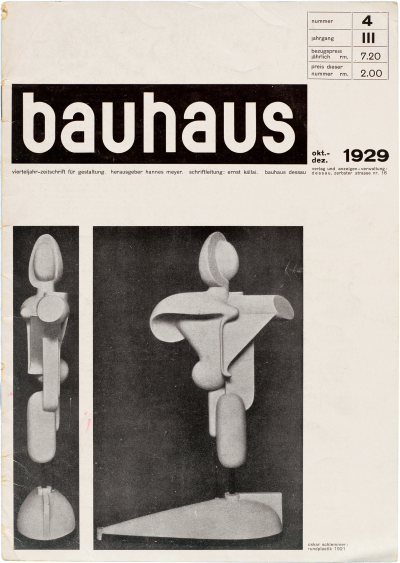
bauhaus: magazine for design (bauhaus: zeitschrift für gestaltung), vol. 3, no. 4
Letterpress